Proposals from Vendors for the yearly budgets, here are some of the things to consider
As Board Members are asking for Proposals from Vendors for the yearly budgets, here are some of the things to consider.
BY ROYALE MANAGEMENT
Budgets take time for any Condo and HOA Community, each year many of the services paid for by these associations come under review at budget season. While its nice to think about cost savings we feel it is much more important to look at workmanship, licensing, scope of work and then Costs. SFPMA and our Members are here for every community, on our Directory finding everything from Services to the businesses that keep your operations up and running to the Legal Experts safely protecting Condo and HOA’s from disputes and Litigation.
Search our members directory, Find a Company Ask for and Request an RFP – Request for Proposal for your buildings Budget.
HERE IS A LIST OF THINGS NO VENDOR CONTRACT SHOULD CONTAIN:
1) An automatic renewal clause. While it’s ok for an agreement to continue on a month to month basis it’s wrong to saddle future board with an obligation to track and cancel an agreement on a certain date or between certain dates to keep it from automatically being extended for an additional term.
2) A right of first refusal. This allows an existing vendor to match the price and terms of any new vendor proposal and thereby force the association to keep them. Most often an association gets proposals from new contractors because they are unhappy with more than the price and terms and giving a vendor a right to stay because they agree to match price and terms, does not solve the problem and can only lead to litigation.
3) Contracts with unnecessarily long terms. While a vendor that has upfront cost for things like equipment like a laundry vendor bringing in new equipment who needs to recover the equipment cost agreement terms should be kept as short as possible. Five years might be ok for the laundry contract but would not be for a landscaping contract in this case a one year term would long enough.
4) Cancellation only for “cause” clause. Proving cause only makes the lawyers richer and can be hard to do. The best solution is to build in a “cause free” ability to cancel with a 30-day notice.
Royale Management Services, Inc
Phone: (954) 563-1269
Full-service, CAM (Community Association Management) licensed, residential property management company, specializing in management, consulting and accounting for Condominium Associations and Home Owners Associations.
According to firm president, Steven J Weil, PhD, EA, CAM,
“The expansion into Community Association and Home Owner’s Association management was a natural move after a number of our clients serving on condo boards asked for our help with their associations accounting, budgeting and management, due to increasing operating cost and sloppy accounting records maintained by their current bookkeepers and managers.”
Find us on Facebook: https://www.facebook.com/RMSCondo/
Learn more on our Website: http://royalemanagement.com/
Find us on SFPMA Members Directory
Tags: Building Maintenance, Electrical Articles, Fitness Rooms Articles, Landscaping Articles, LED Lighting, Management News, Pest Control Articles, Plumbing Articles, Pool and Spa Articles



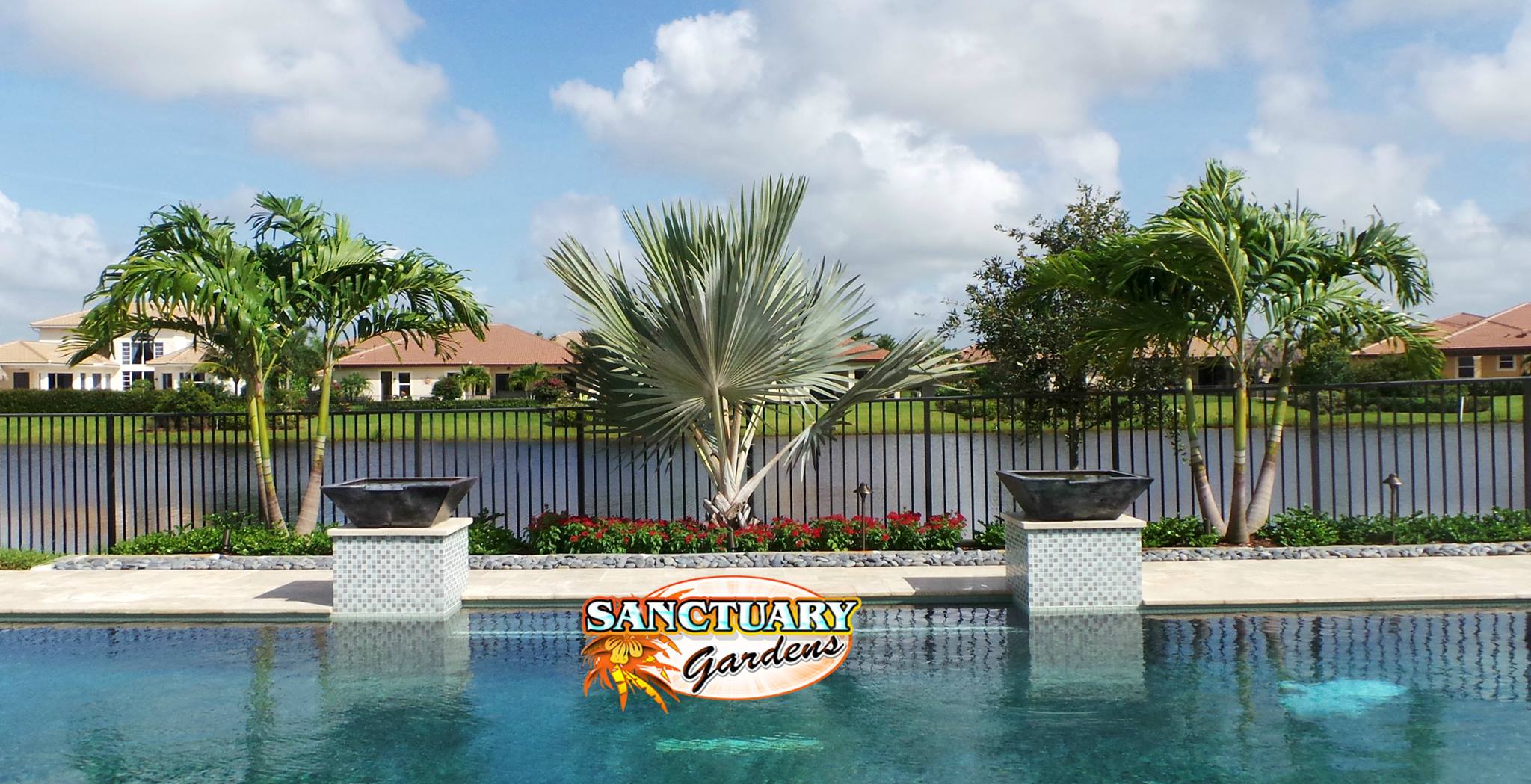





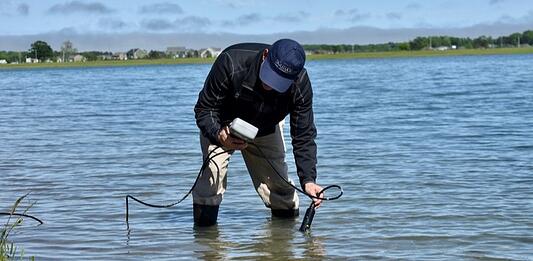
 Lake and pond management is a complex field that presents never-ending puzzles and surprising challenges. Like a fingerprint, no two bodies of water are exactly the same—and they are always in a state of continuous change based on how the water is used, the surroundings, and even the weather. When diagnosing and designing a solution for a problem like bad odors or nuisance
Lake and pond management is a complex field that presents never-ending puzzles and surprising challenges. Like a fingerprint, no two bodies of water are exactly the same—and they are always in a state of continuous change based on how the water is used, the surroundings, and even the weather. When diagnosing and designing a solution for a problem like bad odors or nuisance 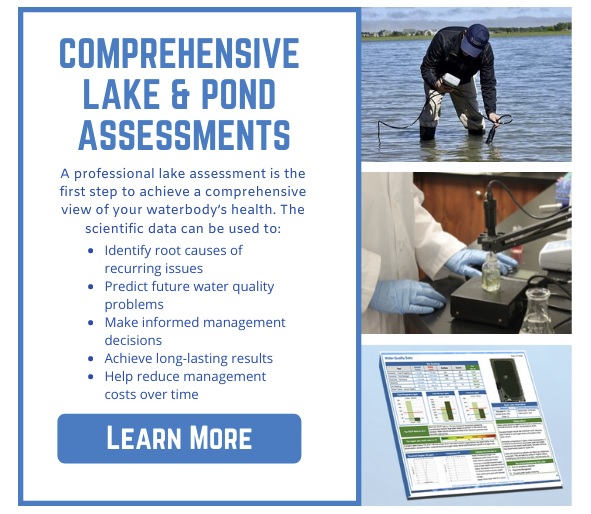

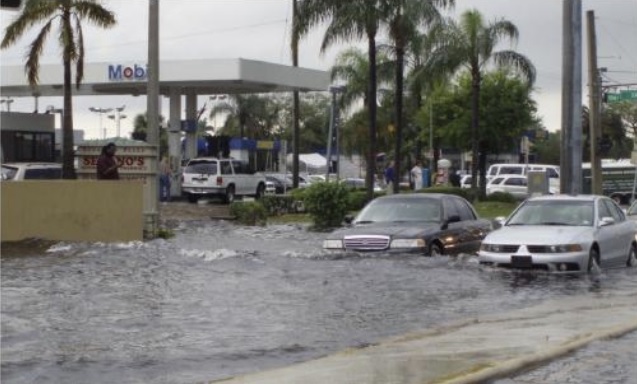
 When developers create residential communities and commercial areas, they need to take into account how much water needs to be stored or moved in order to prevent the project from flooding during major rain events. Through careful planning and design, they route stormwater away from our homes and into a system of lakes and canals. The size and number of lakes in our communities are a result of those calculations. Lakes are dug to create a storage area for water runoff from storms. The fill dug from the lakes is then used to raise the elevation of the homes around them.
When developers create residential communities and commercial areas, they need to take into account how much water needs to be stored or moved in order to prevent the project from flooding during major rain events. Through careful planning and design, they route stormwater away from our homes and into a system of lakes and canals. The size and number of lakes in our communities are a result of those calculations. Lakes are dug to create a storage area for water runoff from storms. The fill dug from the lakes is then used to raise the elevation of the homes around them.

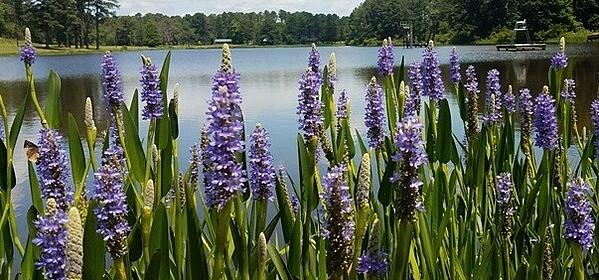
 Lakes, ponds and wetlands are valuable resources for boating and recreation, fishing, drinking water, stormwater collection, aesthetic beauty and wildlife habitat. But they also serve as common breeding grounds for pesky insects like aquatic midge flies, often referred to as “midge bugs” or “blind mosquitoes.” Midge flies belong to a very large and diverse family of aquatic insects. While often thought of as the “cousin” of
Lakes, ponds and wetlands are valuable resources for boating and recreation, fishing, drinking water, stormwater collection, aesthetic beauty and wildlife habitat. But they also serve as common breeding grounds for pesky insects like aquatic midge flies, often referred to as “midge bugs” or “blind mosquitoes.” Midge flies belong to a very large and diverse family of aquatic insects. While often thought of as the “cousin” of  Managing midge fly populations below nuisance levels requires an integrated approach to achieve successful long-term control—starting with bathymetric mapping of the habitat and a professional larvae assessment. Midge larvae surveys are crucial tools to determine which midge species are present and how to effectively manage them.
Managing midge fly populations below nuisance levels requires an integrated approach to achieve successful long-term control—starting with bathymetric mapping of the habitat and a professional larvae assessment. Midge larvae surveys are crucial tools to determine which midge species are present and how to effectively manage them.


